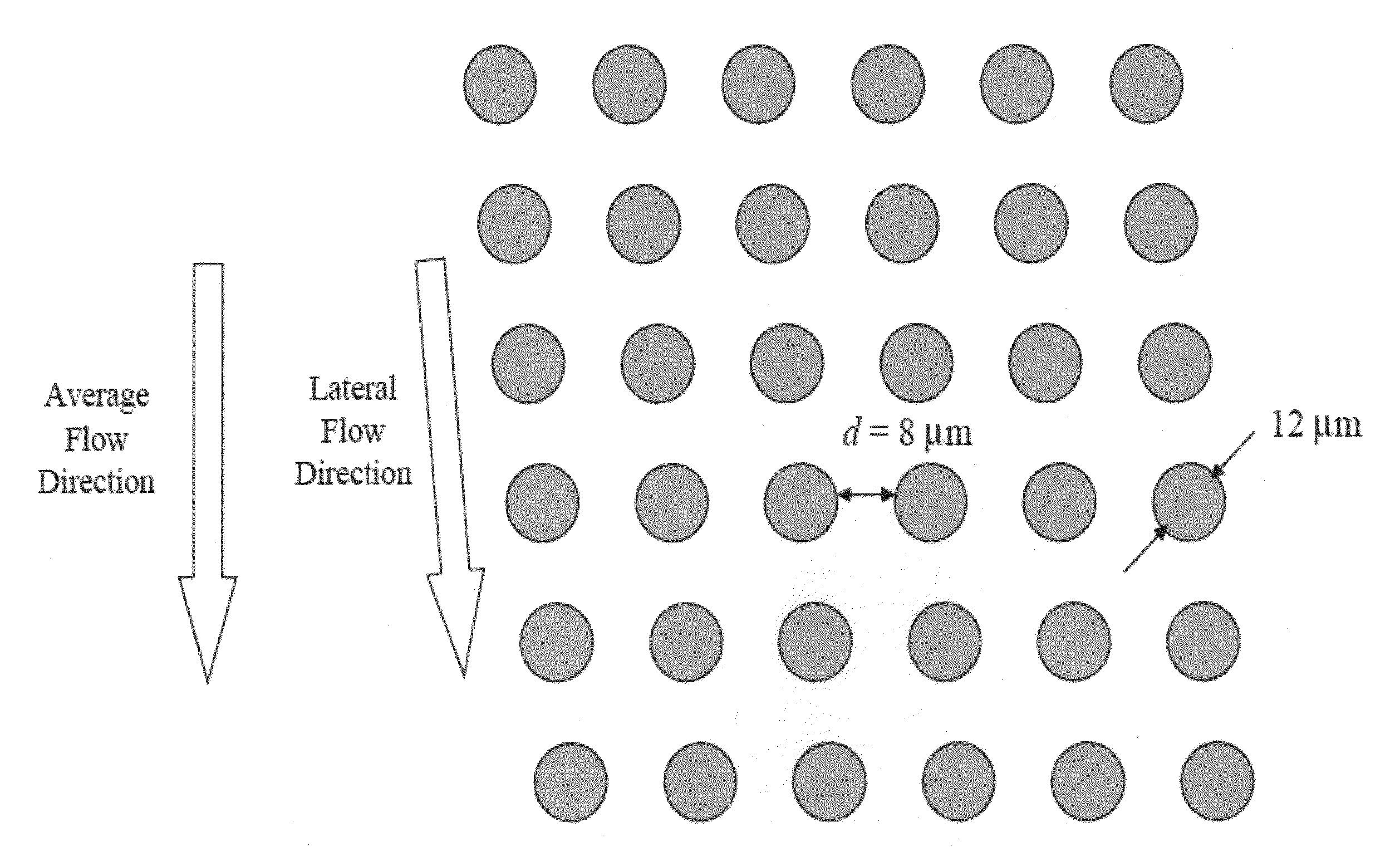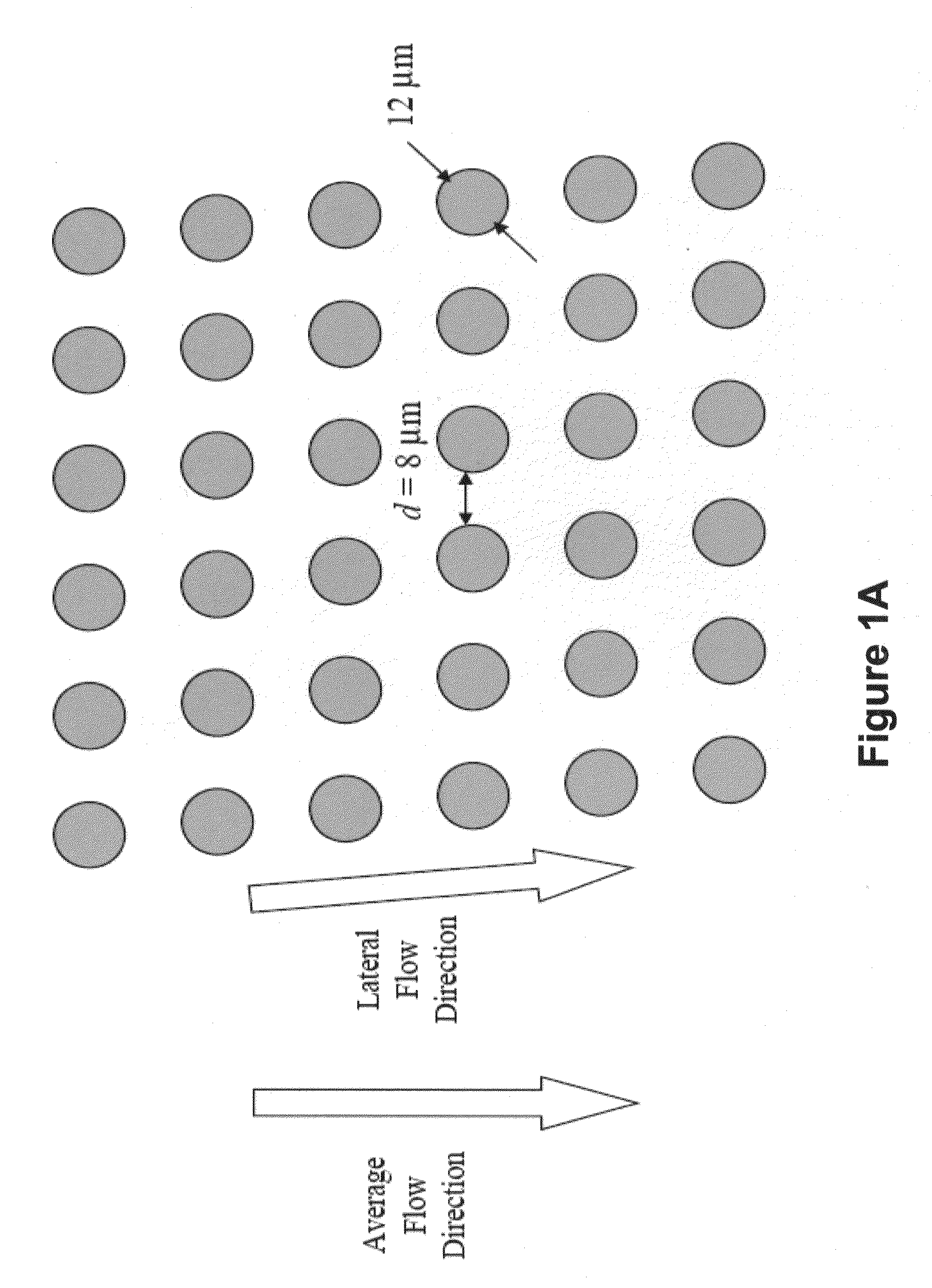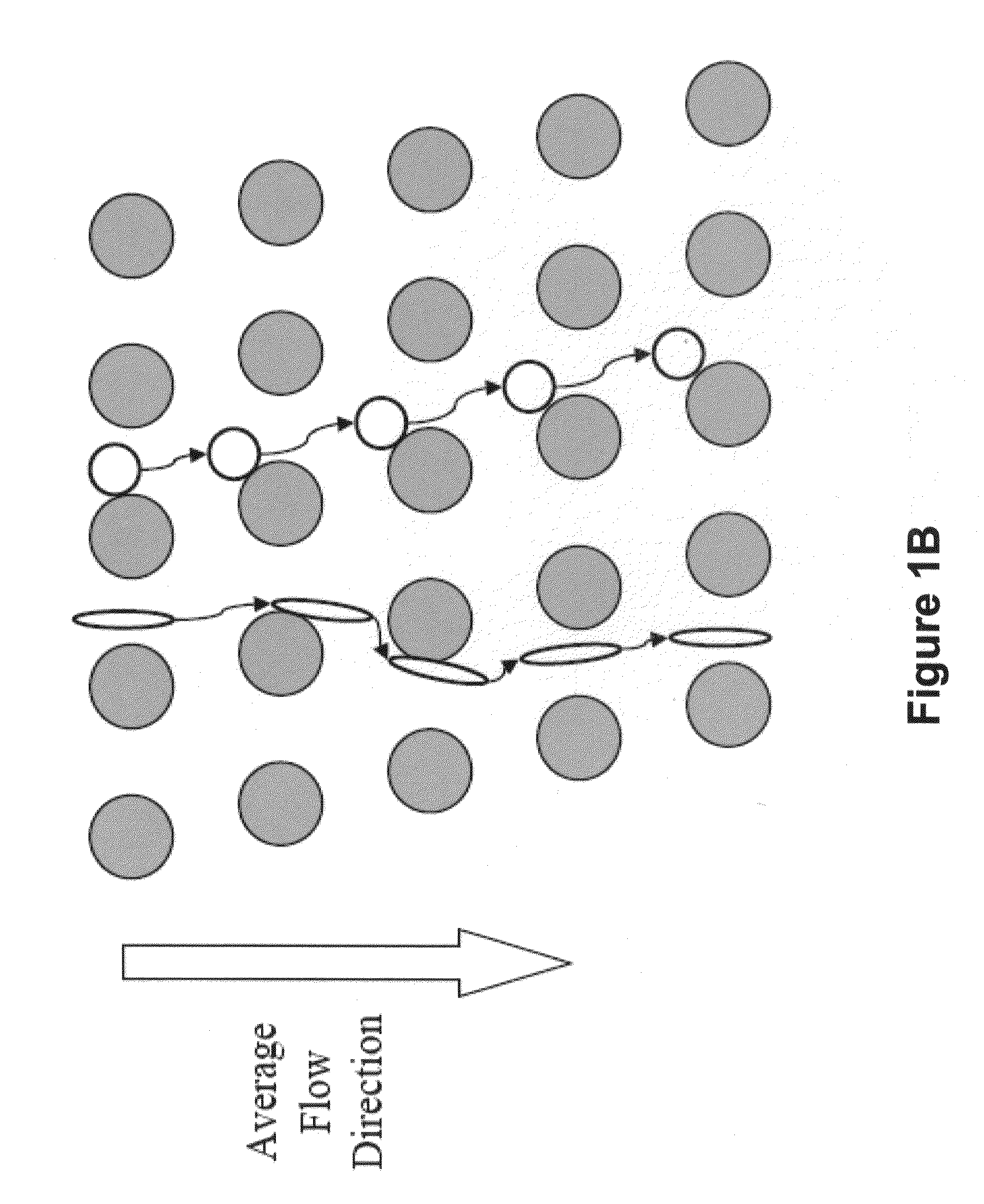Methods and compositions for identifying a fetal cell
a fetal cell and composition technology, applied in combinational chemistry, biochemistry apparatus and processes, library screening, etc., can solve the problems of difficult to enrich and purify a fetal cell from maternal blood samples, drawbacks of available fetal cell markers, and relatively low number of cfcs in circulating maternal blood
- Summary
- Abstract
- Description
- Claims
- Application Information
AI Technical Summary
Benefits of technology
Problems solved by technology
Method used
Image
Examples
example 1
Screening Method for Fetal Cell Markers
[0347]The process of identifying fetal cell markers includes the initial screening of pre-selected gene candidates by a Fluidigm PCR array approach followed by verification by Quantitative RT-PCR and further validation in clinical samples (FIGS. 18 and 49).
[0348]Model Tissues / Cell Systems
[0349]Several types of model tissues / cell systems were used to screen for fetal cell markers (FIG. 19). These include cord blood, which contains fetal blood cells, and non-pregnant peripheral blood cells (NP-PBC), which are normal adult blood cells. A fetal cell marker (FCM) is anticipated to be highly expressed in cord blood cells and at no or low expression level in NP-PBC. Another tissue source was bone marrow, which contains immature blood cells. ABM is used to distinguish the genes expressed in immature cells from ones expressed only in fetus. A FCM is expected to be at a low expression level in ABM. Finally, other cell sources include fetal liver and plac...
example 2
Summary of Screening Results
[0360]Approximately 400 pre-selected candidate genes were screened by PCR array using the Fluidigm Biomark Genetic Analysis platform. A summary of final screening results is shown in the (FIG. 25). 12 genes displaying specific expression in trophoblast and 12 genes displaying specific expression in fnRBC were identified. All trophoblast marker genes were not detected in non-pregnant samples and ABM (not shown), but strongly expressed in placental tissues and cord blood samples. Two genes were also expressed in fetal liver. All fnRBC marker genes are not detectable in non-pregnant, placenta and ABM (not shown), but are strongly expressed in cord blood and fetal liver. FIGS. 26A and 26B list the selected gene symbols and accession numbers.
[0361]Selection of FCM for Validation
[0362]Twelve genes for fnRBC from the screening results and another gene called J42-4-d, a putative candidate gene of fnRBC, were selected for further testing and verification. Seven ge...
example 3
Simultaneous Detection and Enumeration of Fetal Cell Types
[0380]Fetal cells were partially enriched from maternal blood, as illustrated in FIG. 37. Next, direct gene expression profiling was performed on the fetal cell enriched products. Gene expression was analyzed by a Cell-to-Ct protocol using multiplex and pre-amplification steps with HBE (hemoglobin) and hPL gene specific primers and probes, as illustrated in FIG. 38.
(A) Fetal nRBC cell type and count: As shown in FIG. 39, 35 HBE positive cell counts (one count / well) were detected. A HBE positive cell (well) count is defined as a well with a Ct value less than 37. Total 35 positive counts and 9 negative counts is equivalent to 35 fnRBC counts in 5 ml of whole blood. The data were converted to 70 fnRBC counts in 10 ml whole blood.
[0381]The hPL positive cell (well) count is defined as Ct value less than 37. There was a total of 1 positive count, which is equivalent to one fetal trophoblast in 5 ml whole blood (FIG. 40). Data was ...
PUM
 Login to View More
Login to View More Abstract
Description
Claims
Application Information
 Login to View More
Login to View More - R&D
- Intellectual Property
- Life Sciences
- Materials
- Tech Scout
- Unparalleled Data Quality
- Higher Quality Content
- 60% Fewer Hallucinations
Browse by: Latest US Patents, China's latest patents, Technical Efficacy Thesaurus, Application Domain, Technology Topic, Popular Technical Reports.
© 2025 PatSnap. All rights reserved.Legal|Privacy policy|Modern Slavery Act Transparency Statement|Sitemap|About US| Contact US: help@patsnap.com



